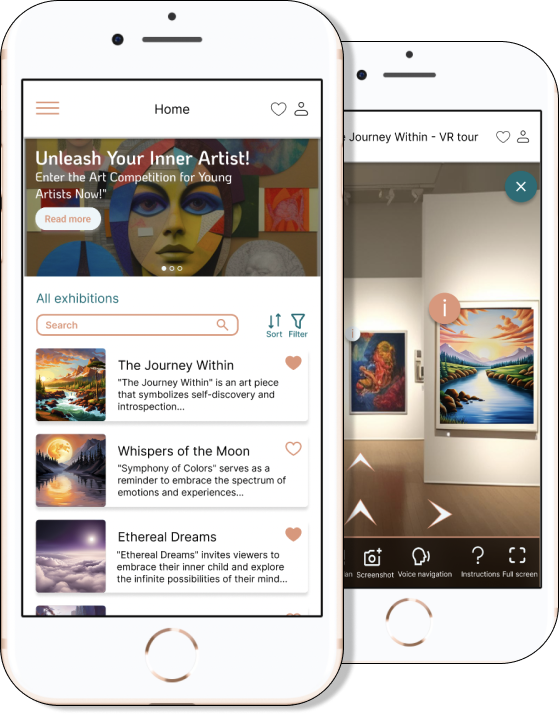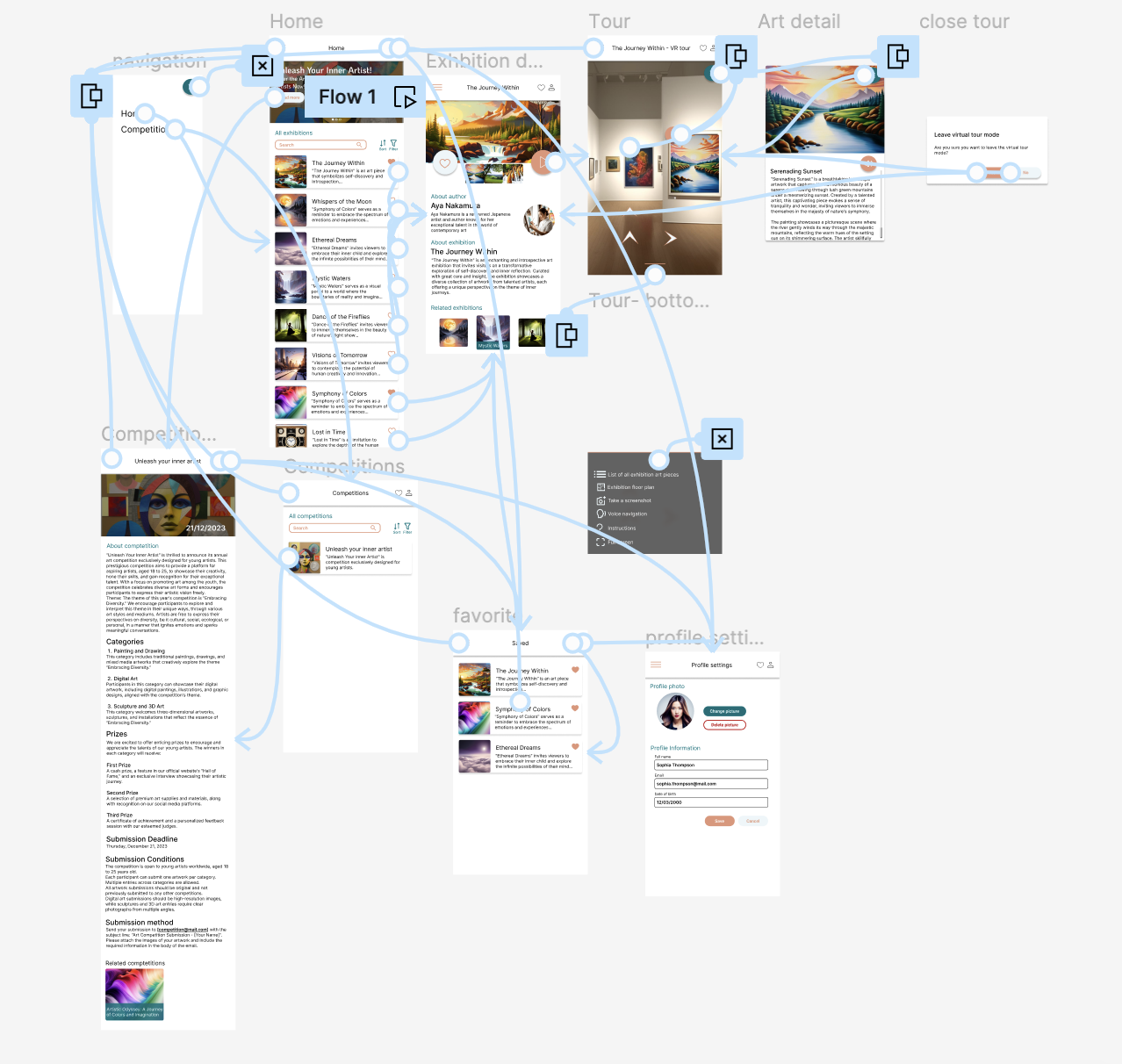About project
My role: Ux designer designing a virtual tour app from start to end
The goal: Design a virtual tour app that allows users to visit art exhibition online
Tagert audience: Anyone (from art experts to laypersons) who loves art but, for any reason, cannot attend in person.
Responsibilities: Create personas, user stories, users journey map, problem and goal statement, competitive audit and report, paper and digital wireframing, low and high fidelity prototyping, research study plan, usability study, pattern and insight identification, iterating on designs
Key challanges: Some potential key challenges or constraints in this project could involve ensuring accessibility for people with disabilities, designing an intuitive user experience that replicates the art gallery feel in a virtual environment, curating a captivating collection of artworks, addressing technical compatibility across devices, optimizing performance for seamless navigation, ensuring accurate representation and preservation of artworks and adhering to legal and copyright considerations.
Research study details
Pain points
Inability of personal visit
Many art lovers cannot visit art exhibition for different reasons
Accessibility
Many pages with VR tour are not adapted for people with disabilities
Translation
Similar pages often do not have a translate function
Information Architecture
Navigations in similar pages are often overwhelming
Personas
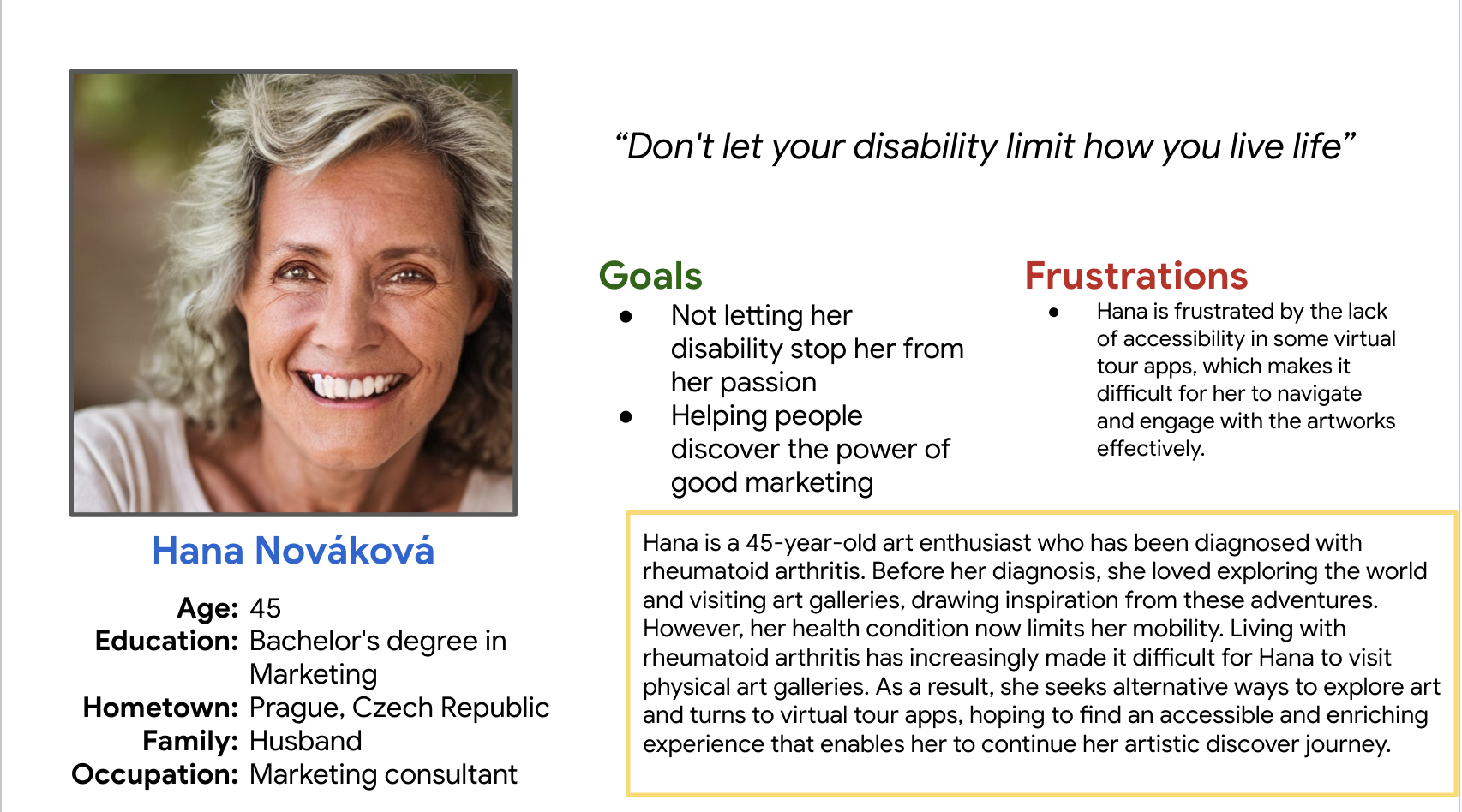
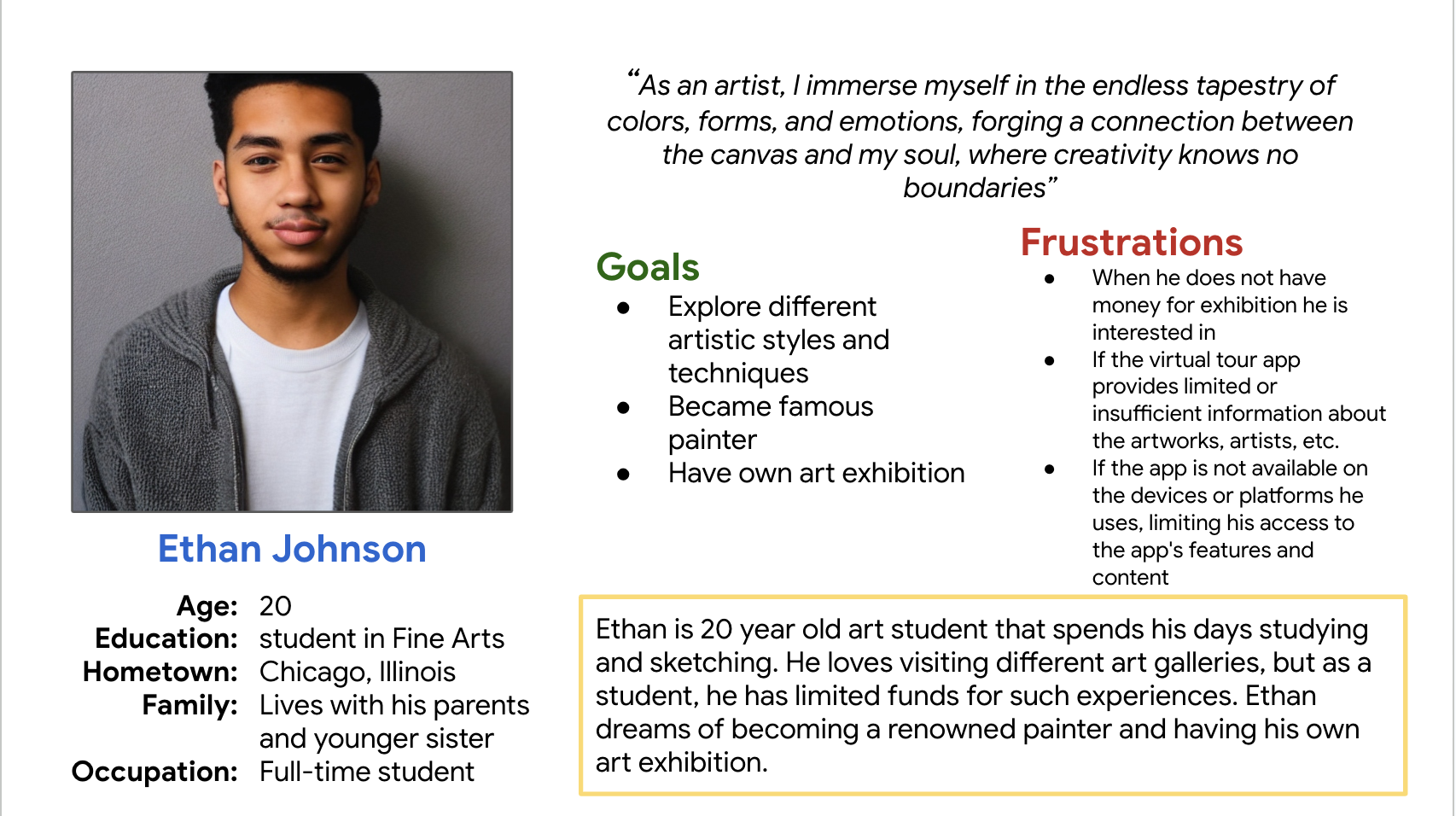
User journey map
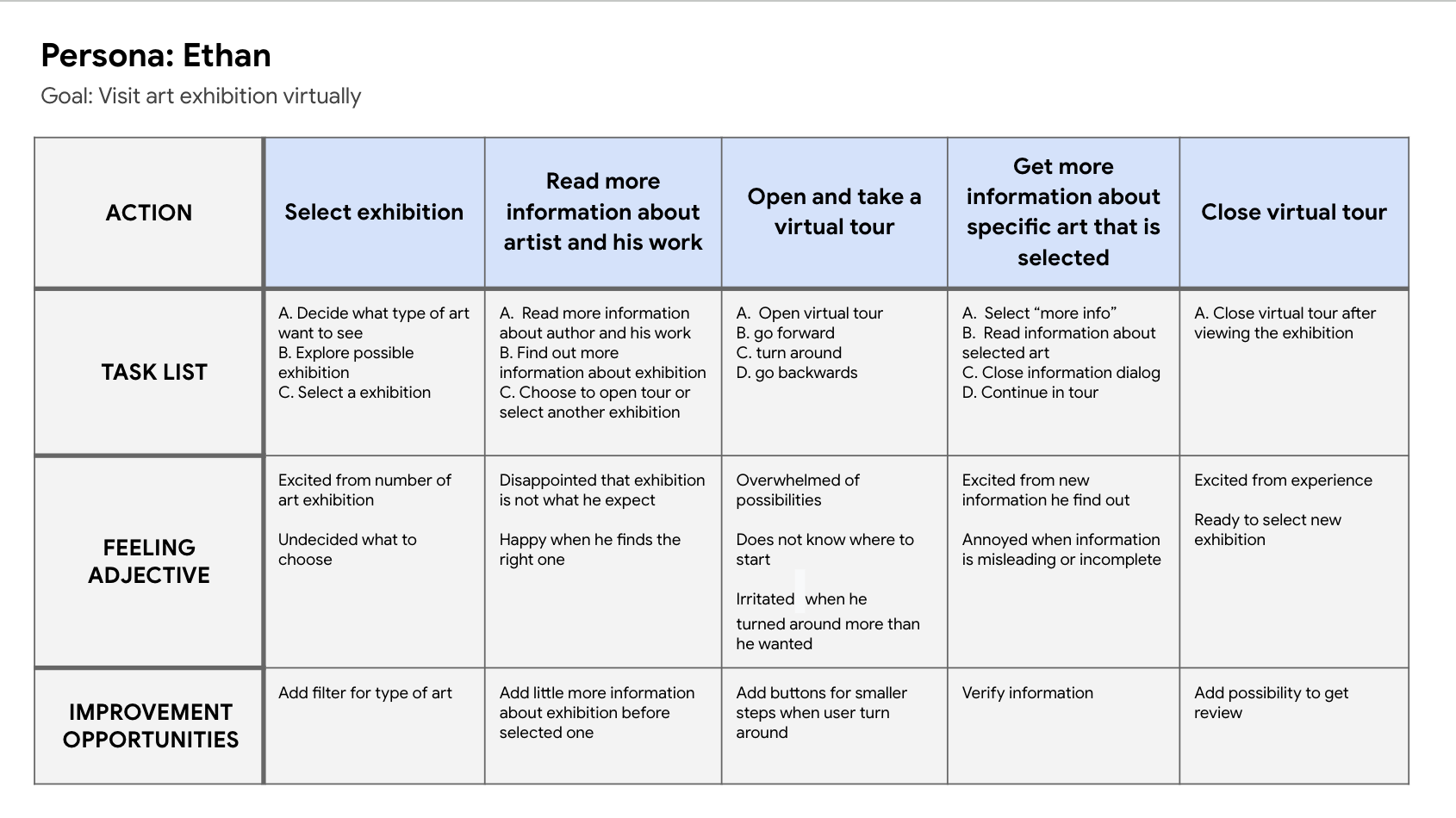
Competitive audit
Competitive audit goal: The goal is to comprehend the competitive landscape for virtual art gallery tours, pinpoint the strengths and weaknesses of key competitors, and identify potential gaps and opportunities to enhance our virtual tour app.
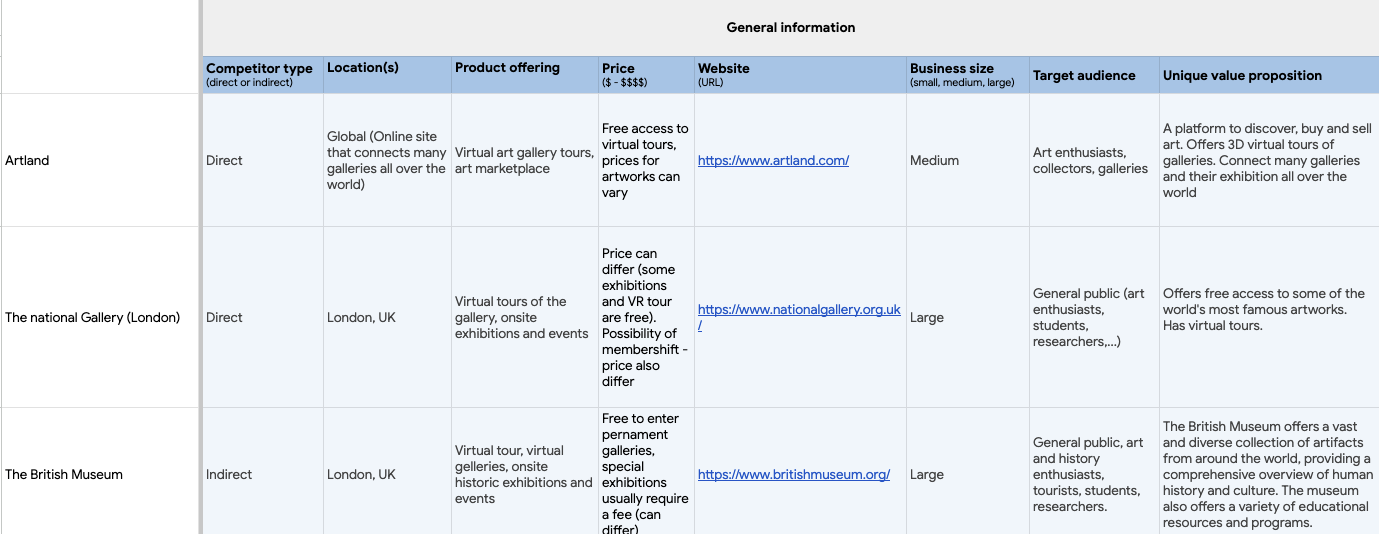

Research summary
I conduct user research through personas, create user empathy maps, and describe the problem statement. I also conduct a competitive audit. The research shows that the application could be used not just by people with disabilities but also by those with a limited amount of time, a tight budget, or who live far away
Initial design concepts
User flow
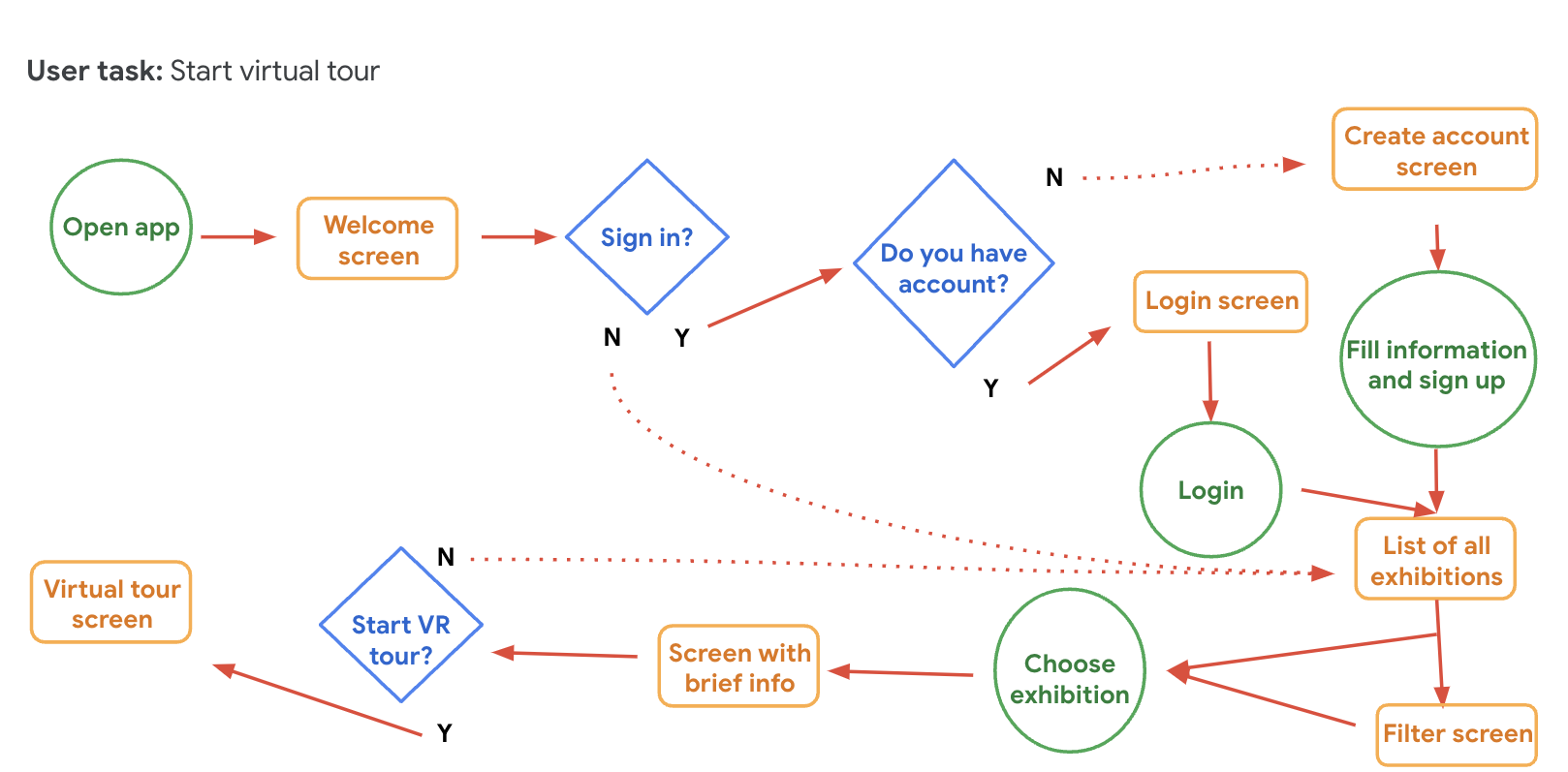
Storyboards
Storyboard - big picture
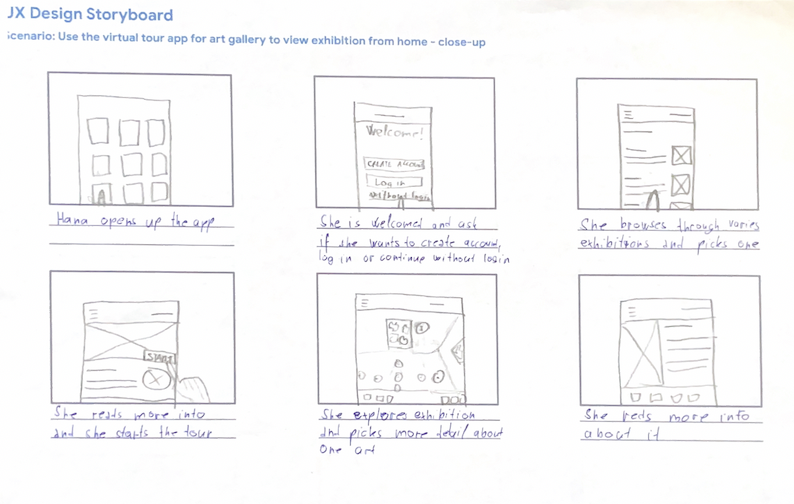
Storyboard - close up

Paper wireframes
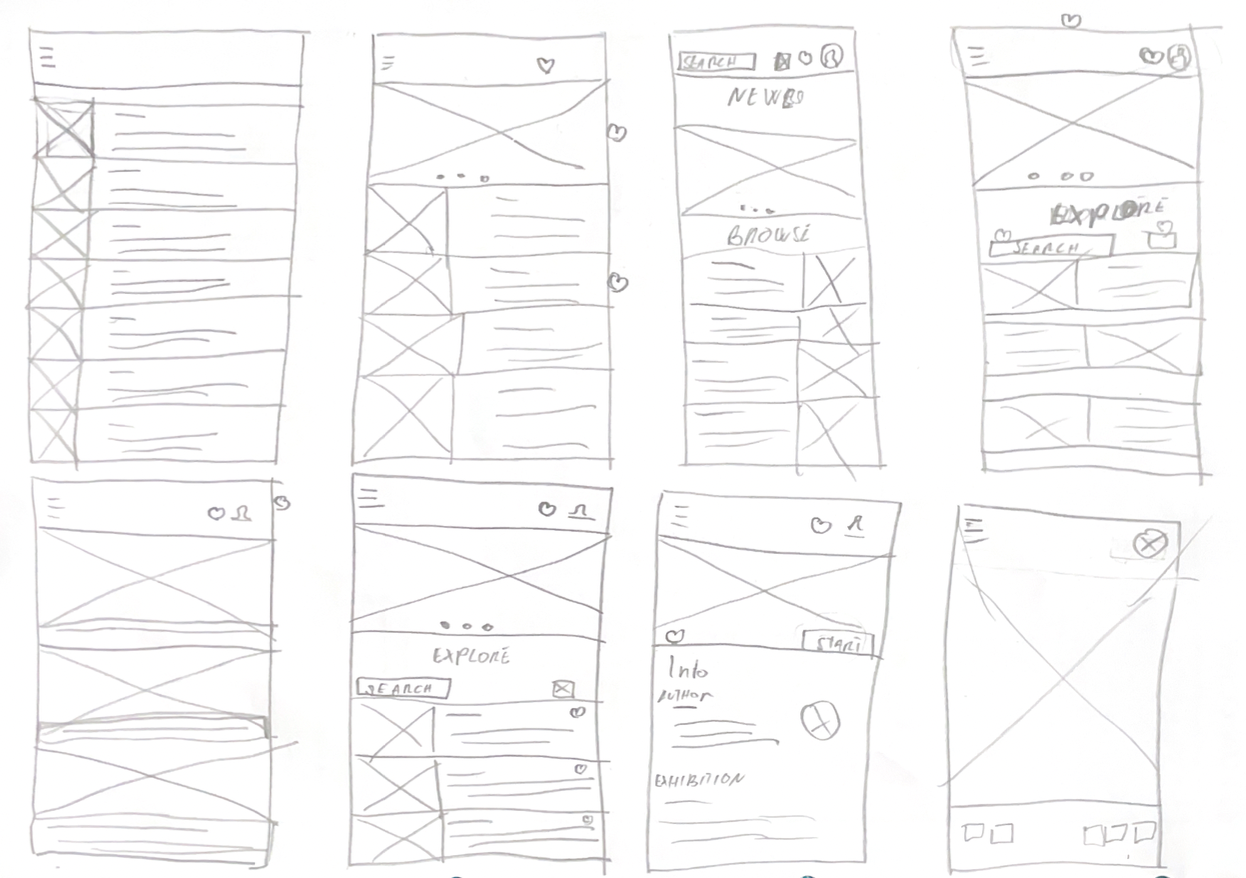
Digital wireframes
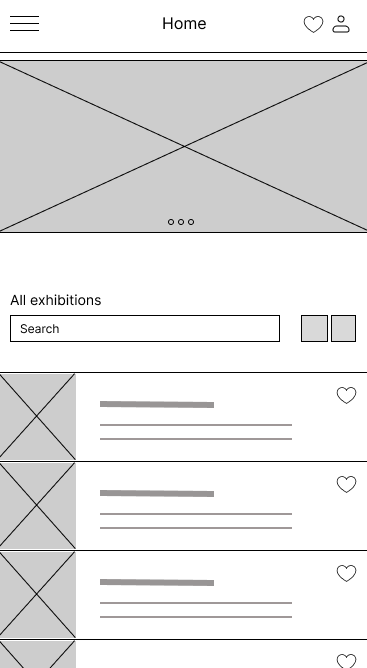
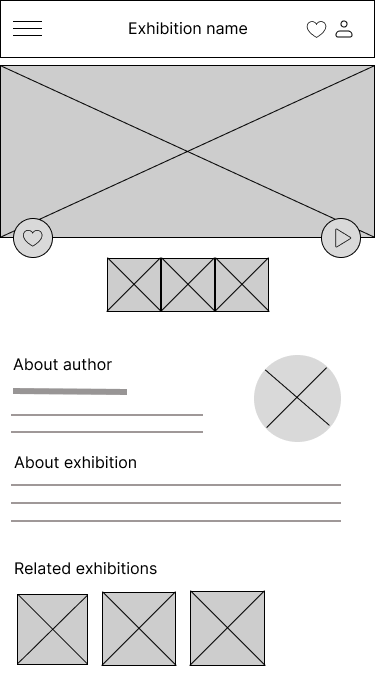
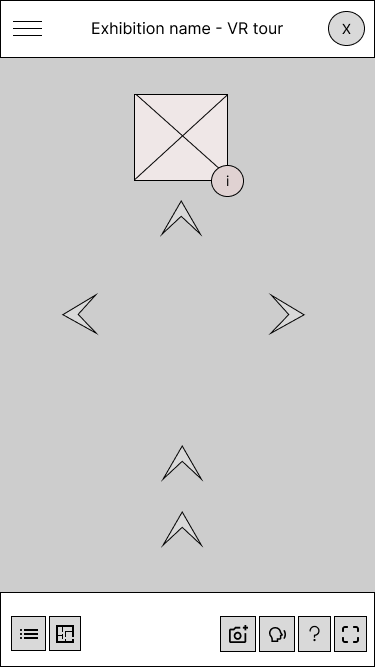
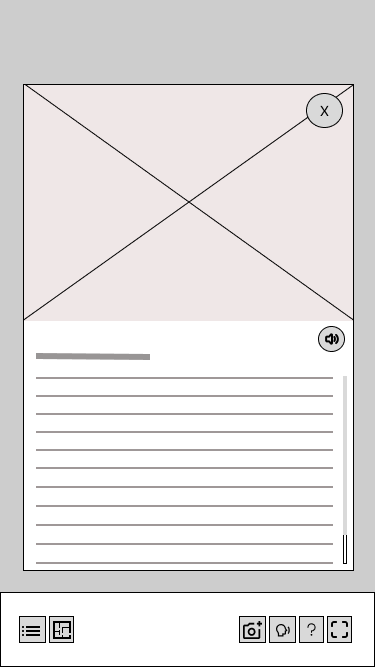
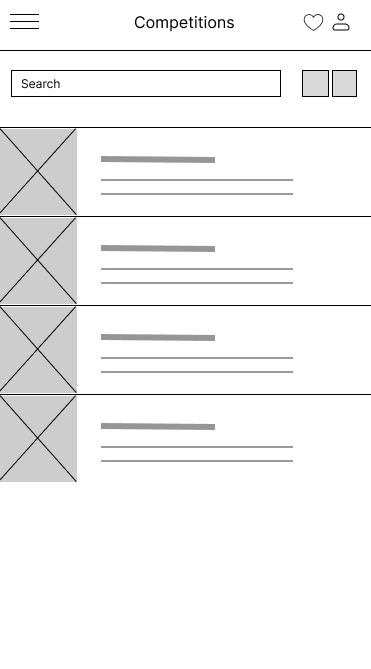
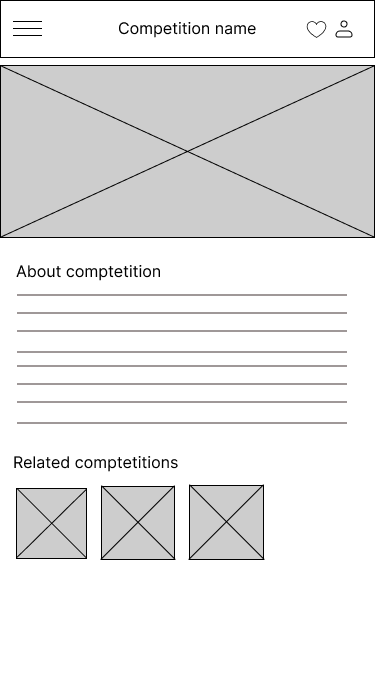
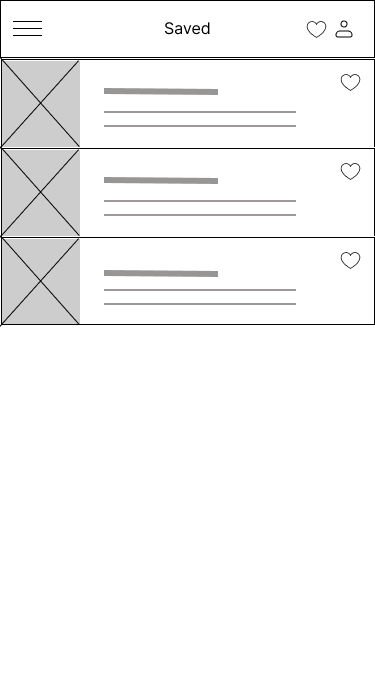
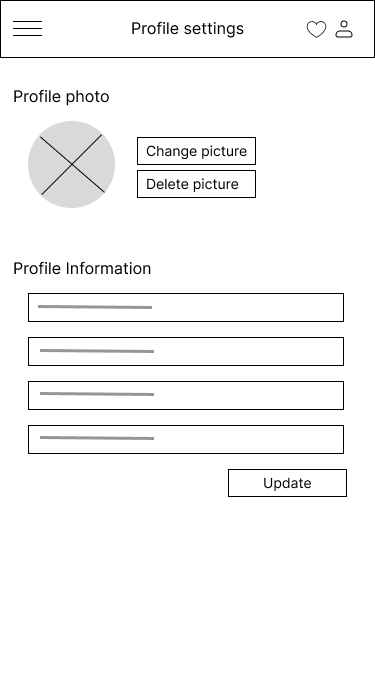
Usability study
I conducted usability study. Tests were conducted on wireframes.
Usability study findings
Access to main navigation in VR tour mode
Users wants main navigation in the VR tour mode for quicker navigation to another page
Usage of bottom navigation
Users find it confusing what the bottom navigation should be used for
Sorted first usability study findings
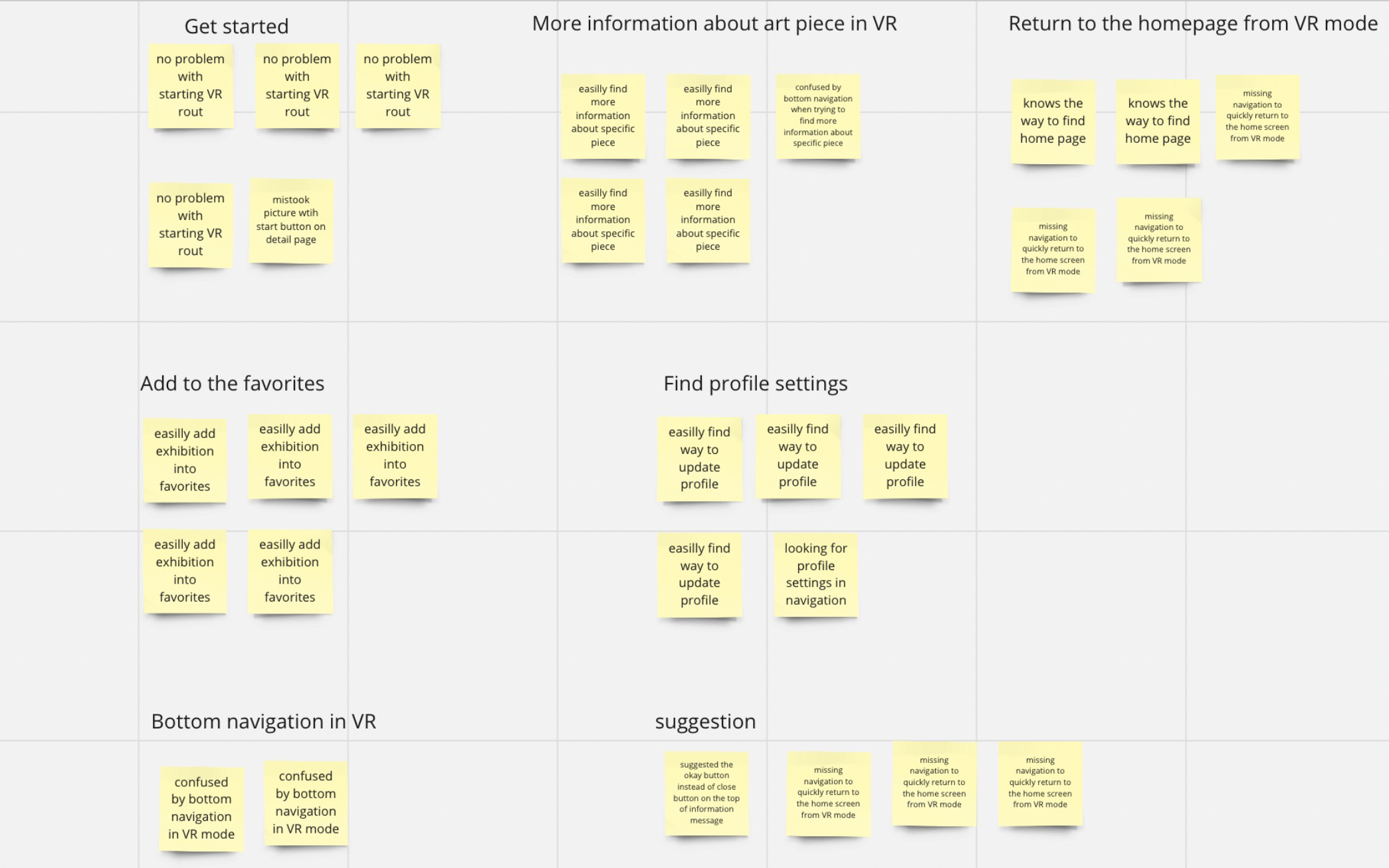
Final design
Mockups








High-fidelity prototype
Conclusion
What I learned I learned about the UX/UI process from scratch to the end
Possible next step: Conduct one more usability testing to valid that the included changes were the right choice
